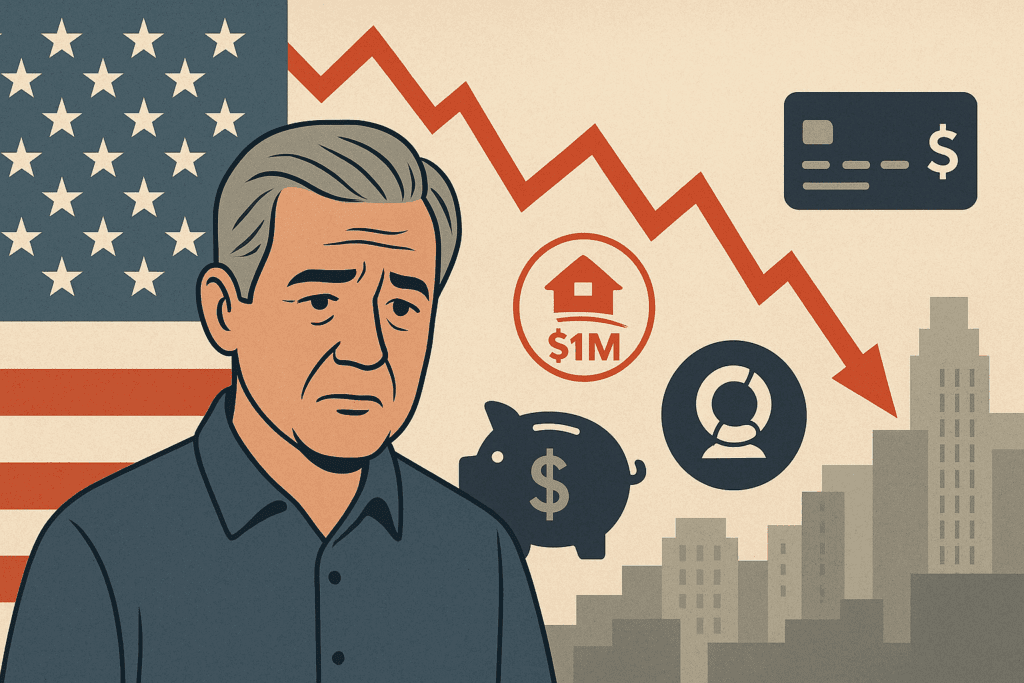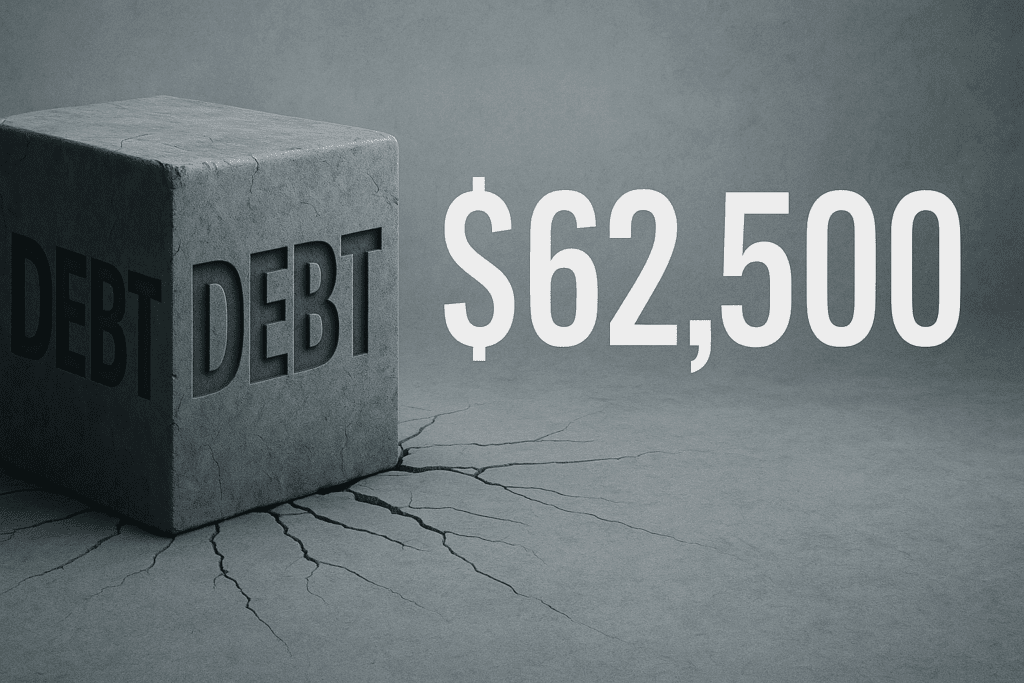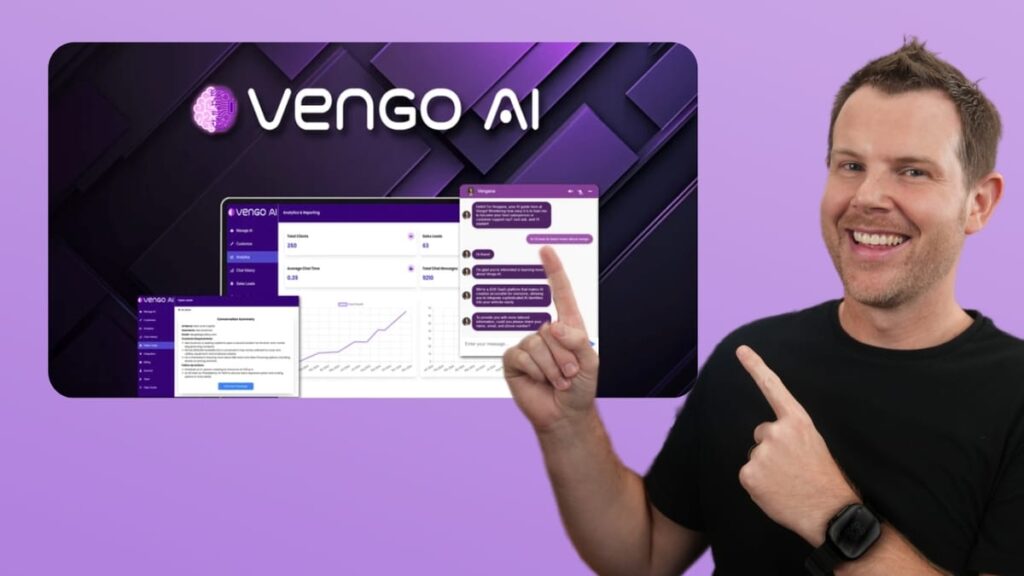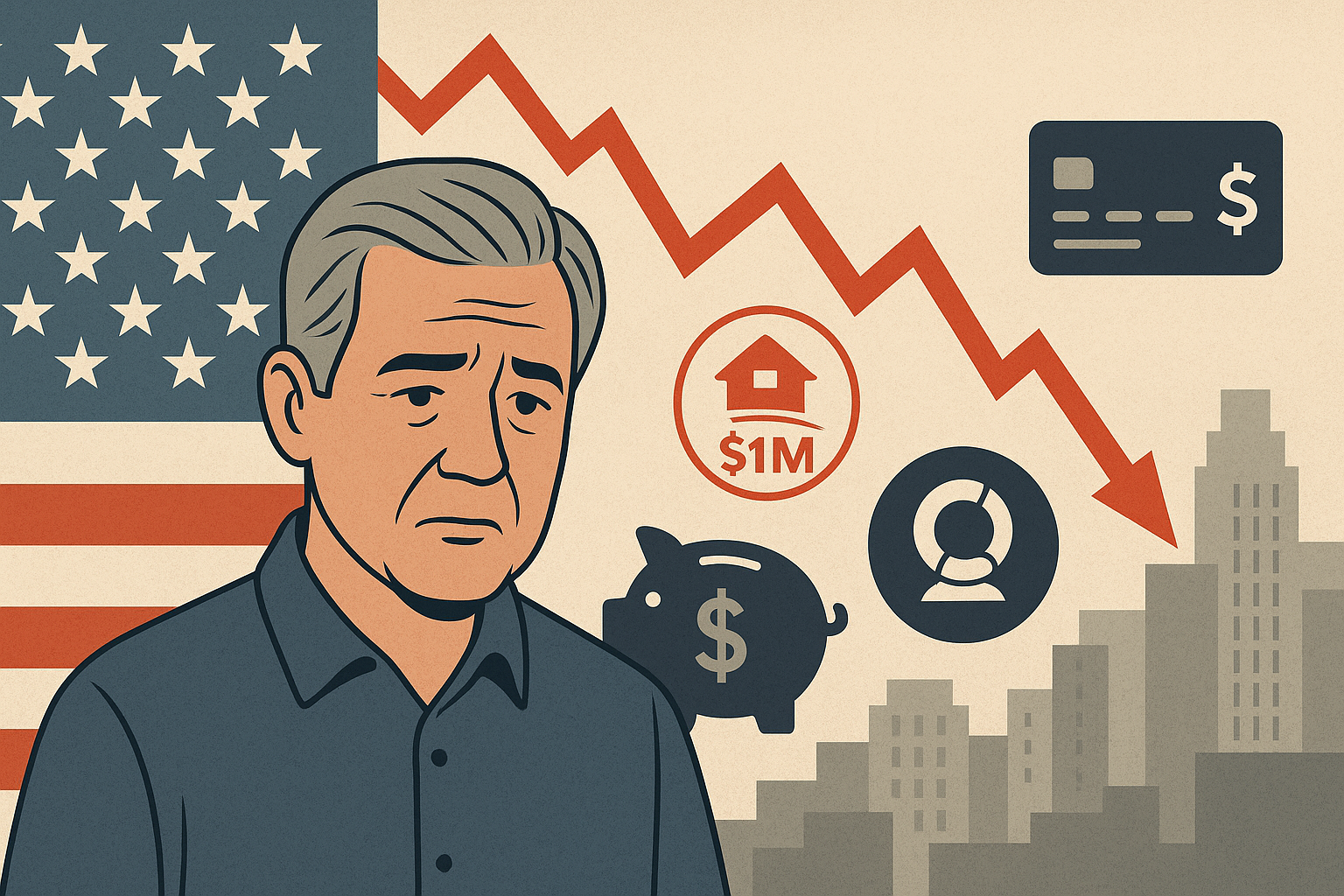Surviving the Crash, Building a Smarter Future
When I lost my job alongside my coworkers in April 2020, life flipped overnight. Unemployment offices were impossible to reach—calls went unanswered for weeks, sometimes months—while the bills kept rolling in. With no safety net, many of us had to raid our retirement accounts just to survive. Years of savings vanished into mortgage payments, groceries, credit card minimums, and the cost of virtual therapy visits just to stay sane.
Some of us never fully recovered from those career losses—I know I haven’t. Others pivoted into new ventures or careers we never imagined, because our old markets were gone. Some launched small businesses, but often had to fund them by draining what little savings remained.
To make matters worse, banks behaved like predators. Lending rules shifted, interest rates spiked, and insurance companies piled on new terms. Meanwhile, inflation on everything added fuel to the fire. For many, the combination of rising costs and shrinking resources felt like it could swallow us whole.
Luckily, the future looks brighter. Markets are trending more favorably, and we’ll hopefully see interest rates dropping sooner rather than later. Even more importantly, a new wave of AI tools—and instant information at our fingertips—should now be used as a financial resource. Let’s dive into how AI can start helping you accomplish better financial freedom and smarter decisions.

1. The Savings Gap Is Real
-
54% of households report having no retirement savings at all as of early 2025 — Kiplinger.
-
Even among those with savings, most fall short: median savings for ages 55–64 sits at around $185,000, and for ages 65–74, about $200,000 — Kiplinger.
-
Americans believe they need about $1.26 million to retire comfortably, yet only 9% have saved 10× their annual income, and 25% have just one year or less of income saved — MarketWatch.

2. COVID-19 and Market Volatility Added Fuel to the Fire
-
Retirement savings participation and balances dropped in 2022 compared to pre-pandemic levels — MRDRC.
-
Nearly one in five (17%) Americans reported saving less for retirement because of COVID-19 — ASPPA.
-
30% of adults were unable to cover even three months of expenses — Federal Reserve.

3. Missing the Guidance Train
-
Only about two-thirds of Millennials even have a retirement plan option through work; and only half of those eligible actually participate — Wikipedia.
-
Fewer than 25% of working Americans consider themselves “knowledgeable investors” — Wikipedia.
-
Human behavior plays a huge role—panic selling during downturns and procrastination ruin long-term returns — Kiplinger.

Why the Gap Matters
-
80% of older adults are financially struggling or at risk of insecurity during retirement—that’s about 47 million households — National Council on Aging.
-
Many relying solely on Social Security (average benefit ~$1,975/month as of Jan 2025) will find it woefully inadequate — Synchrony. Rent for a one-bedroom now starts around $2,500/month.
-
First-time homebuyers faced bidding wars, inflated values, and punishing interest rates. Many used emergency funds and savings at higher levels than any generation before them.
-
Debt is crushing: the average U.S. household debt in early 2025 is around $62,500 — Investopedia & New York Post.

Enter Vengo AI & Other AI Tools: The Game-Changers
1. Personalized Financial Guidance
With Vengo AI embedded on banks’ websites and financial platforms, you get tailored savings plans stress-tested against your income, debt, and retirement goals. Powered by real-time market data and behavioral insights, it feels like having an expert on call 24/7—without costly seminars or fees.
2. Combat Emotional Bias
AI doesn’t panic-sell or react emotionally. It sticks to strategy, helping you avoid the “behavior gap” that derails so many investors — Kiplinger.
3. Smart Investment Allocation
No more guesswork. AI tools diversify portfolios automatically, smoothing volatility even during market storms. They give you up-to-date data on where to put your money, outlining pros and cons clearly before you invest.
4. Education, Simplified
At my old job, “financial education” meant a rushed 5-minute meeting with HR and a confusing booklet. Now, AI can break down complex concepts—Roth IRAs, index funds, employer matches—into plain language, at your pace. Remember: basic financial literacy is still surprisingly rare — Wikipedia.
5. Debt vs. Savings Advice
Your AI financial assistant helps you balance debt and savings anytime, without bias or upselling. By leaning on market data, expert insights, and global trends, you can make smarter daily decisions that compound into long-term success.

The Bottom Line
Nearly half of Americans have no retirement savings—and for those who do, it’s not enough. Pandemic-era stress and volatile markets only made things worse. But the biggest issue? Most people don’t know how much they really need, or how to get there. Employers, vague websites, and costly brokers aren’t bridging that gap.
That’s where AI changes the game. Tools like Vengo AI reduce bias, deliver clarity, and create opportunity for a brighter financial horizon. Investing in AI-powered tools isn’t just smart—it might be essential.
They guide you, protect you from emotional missteps, and make financial independence feel possible again.
It’s time to invest in your future—and yourself.
👉 Learn more at VengoAI.com.

